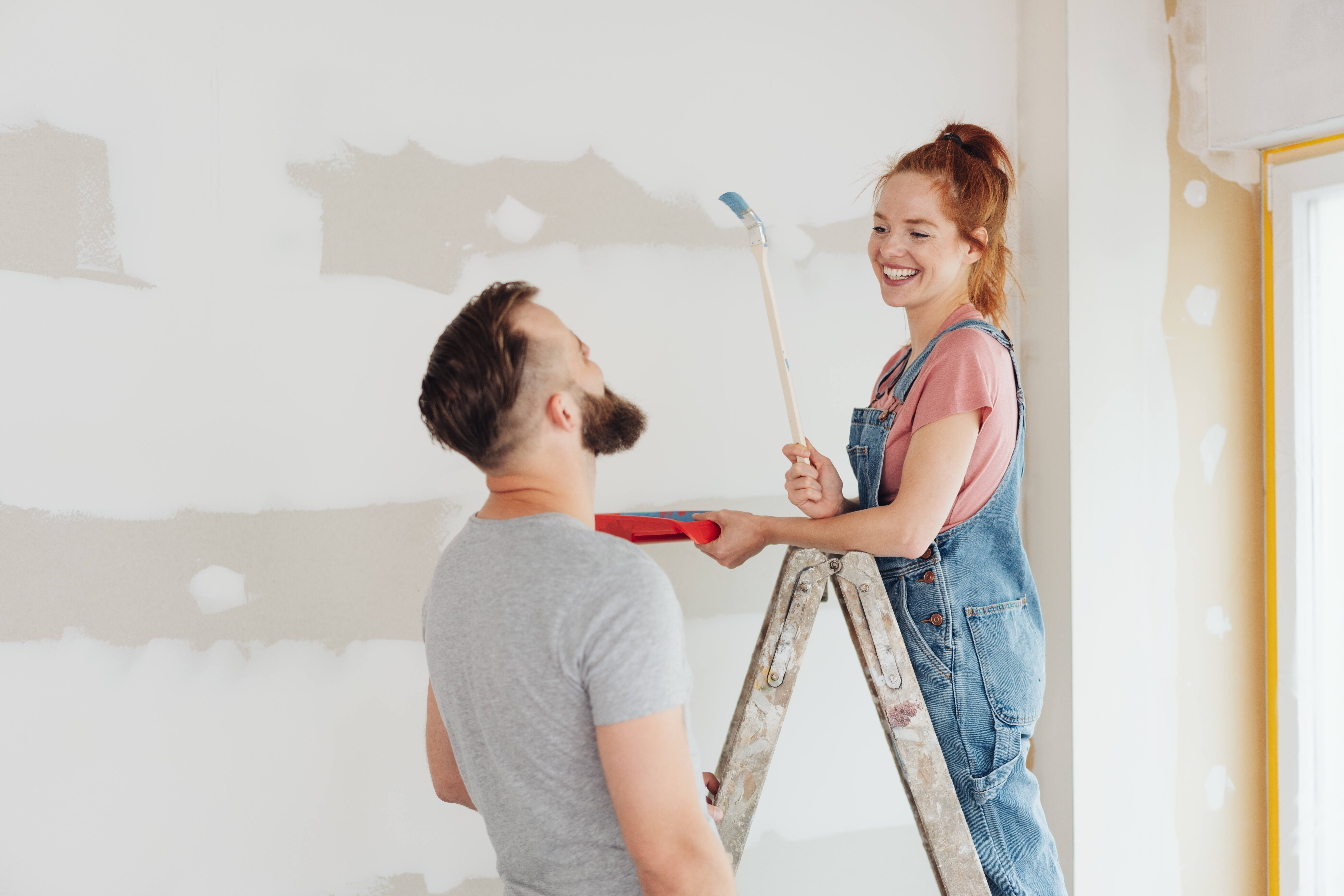You don’t need a contractor—or a huge budget—to fix common problems around the house. Check out cost-saving DIY fixes that renters and homeowners alike can take on with basic tools and a little patience.
Start with the Repairs That Save You Money Fast
Some of the best DIY fixes aren’t just about convenience—they’re about saving money right away. A running toilet, dripping faucet, or drafty window might not seem like emergencies, but they quietly drain your utility bills month after month.
Take a running toilet, for example. It can waste hundreds of gallons of water a week, which shows up on your bill fast. But in many cases, the fix is a simple one. You can replace the flapper valve inside the tank for just a few bucks, with no plumbing experience needed. Guides from sites like Family Handyman walk you through the steps with photos and clear language.
Other easy wins include sealing drafty windows with weatherstripping, patching small drywall holes, or re-caulking a sink to stop leaks. These small repairs don’t require special skills—just a willingness to try.
Basic Tools Go a Long Way
You don’t need a full toolbox to handle most small home repairs. A basic setup—screwdriver, pliers, utility knife, tape measure, and a hammer—can solve more problems than you think. A multipurpose tool like a cordless drill is also worth the investment if you plan to tackle more projects over time.
For renters, consider picking up a compact tool kit designed for apartments. These often cost less than $30 and include everything you need for quick fixes without calling the landlord.
And before you buy anything, check if your city has a tool lending library. Many neighborhoods, especially those with strong community programs, offer free tool rentals to residents. Sites like Local Tools can help you find one near you.
Know What You Shouldn’t Touch
While a lot of small jobs are safe and simple, knowing your limits is just as important. Electrical rewiring, major plumbing, and anything involving gas should be left to professionals. Trying to DIY those can be dangerous and cost you more in the long run if something goes wrong.
That said, you can still troubleshoot certain issues without getting in over your head. For example, if a breaker keeps tripping, you can safely reset it or unplug appliances to test the circuit. Just don’t open electrical panels or mess with wiring unless you’re trained.
Same goes for clogged drains. Before you call a plumber, try using a basic drain snake or baking soda and vinegar solution. Avoid harsh chemicals—they often do more harm than good, especially in older pipes.
If you’re ever unsure, it’s better to spend $50 on a quick consult than to risk damage that costs hundreds to fix later.
Use YouTube and Repair Apps as Your Guide
One of the best things about modern DIY is that almost every common repair has a video tutorial. Whether you’re fixing a toilet, adjusting a door hinge, or sealing a draft, chances are someone’s uploaded a step-by-step guide.
Start with trusted creators like “Home Repair Tutor” or “DIY Creators” on YouTube, who focus on beginner-friendly projects and safety tips. Many of their videos are under 10 minutes and don’t assume you already know the lingo.
There are also apps like TaskRabbit and Nextdoor where you can browse tips, post questions, or even find local handypeople willing to give quick advice for a small fee—or free.
Just be selective about what advice you follow. If someone suggests shortcuts that don’t seem safe or skips over key steps, look for a more reputable source before getting started.
Repairs Renters Can Do (Even Without Landlord Permission)
If you’re renting, it’s easy to assume you can’t touch anything—but there are actually several low-risk repairs that improve your space without violating your lease.
For example, you can:
Tighten loose cabinet handles
Replace old showerheads (just keep the original to reinstall later)
Fix squeaky doors with a little oil
Install temporary window insulation in winter
Use removable adhesive strips to rehang towel bars or hooks
These updates not only make your home feel more livable but can also save you money on heating, water use, and small replacements your landlord might charge for when you move out.
Just avoid anything that could damage walls, flooring, or appliances—and always double-check your lease or ask before doing anything semi-permanent.
Final Thoughts: Save Money by Fixing What You Can
DIY doesn’t mean doing everything yourself—it means learning what’s safe and smart to handle so you can avoid unnecessary costs. Even if you’ve never held a hammer, there are dozens of repairs you can take on with just a little guidance.
Start small, build your confidence, and remember that learning as you go is part of the process. Whether you own or rent, taking care of your space means fewer emergency calls, fewer surprise expenses, and more control over your home environment.
You don’t need to be a pro to fix a leak, stop a draft, or patch a hole. You just need the right tools, a little time, and the willingness to try.
Sources
Family Handyman – DIY Guides
Local Tools – Tool Lending Libraries
YouTube – Home Repair Tutor
TaskRabbit
Nextdoor



